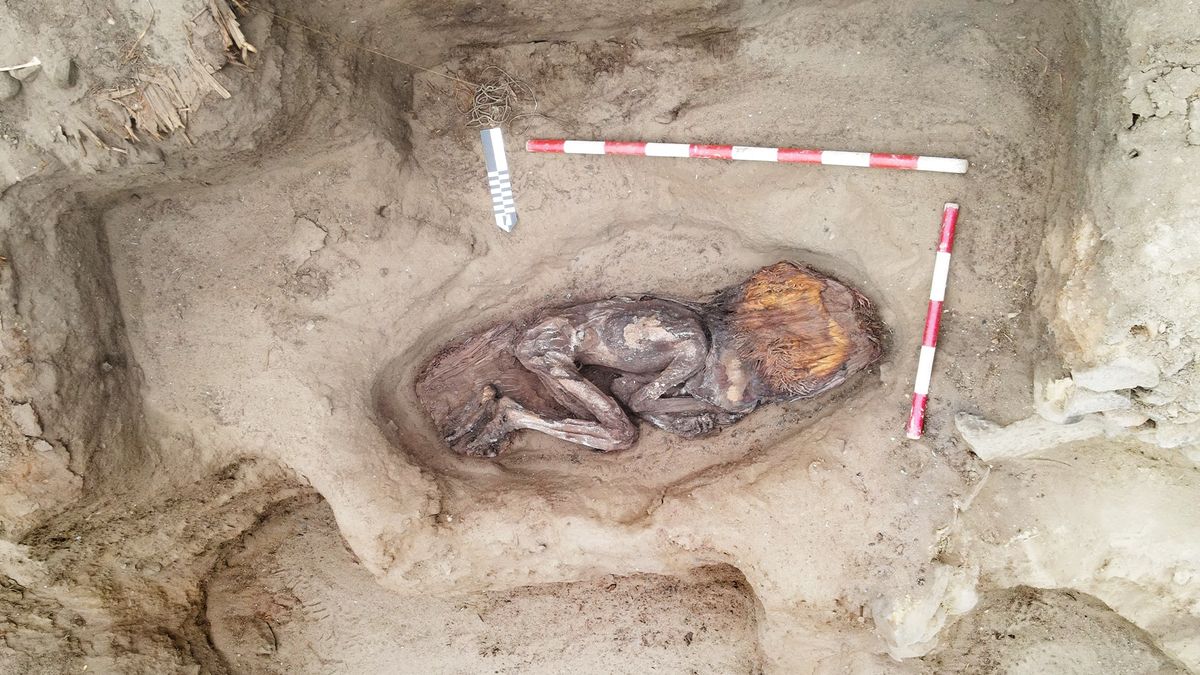Now Reading: Ovarian Cysts: Formation, Symptoms, and Treatment Explained
-
01
Ovarian Cysts: Formation, Symptoms, and Treatment Explained
Ovarian Cysts: Formation, Symptoms, and Treatment Explained

Fast Summary
- Ovarian Cysts Prevalence: Ovarian cysts impact 10% to 30% of women during their lifetime, often developing as fluid-filled sacs on or inside teh ovaries.
- Types of Cysts:
– Functional cysts (common, related to menstrual cycles).
– Pathological cysts (less common, may form due to abnormalities or other conditions).
- Associated Risks: Most ovarian cysts resolve naturally and are benign. however, less than 1% can be cancerous and are more likely post-menopause.
- Symptoms: Vary based on size and type; common issues include pelvic pain, bloating, irregular periods, pain during sex.Ruptured or twisted ovarian cysts may require urgent care for severe pain or bleeding.
- Formation Factors: Hormonal disorders like PCOS or conditions such as endometriosis can predispose individuals to pathological ovarian cyst development. Endometriosis-related “chocolate” cysts contain old blood and can impair fertility.
- Diagnosis & Treatment: Initial pelvic exams followed by imaging techniques (ultrasound) help identify presence/type of the cyst; small functional ones often require no treatment while larger/pathological ones may call for medication or surgery.
!Image alt: A woman clutching her belly in pain
!Image alt: Illustration showing an ovary with multiple visible cyst formations
Indian Opinion Analysis
The prevalence of ovarian health issues such as functional and pathological ovarian cysts highlights a critical need for early awareness campaigns in India regarding gynecological care among menstruating individuals across all socio-economic sectors. The fact that benign yet disrupting factors like endometriosis affect up to 44%, while PCOS percentage peripheral retoo.


























